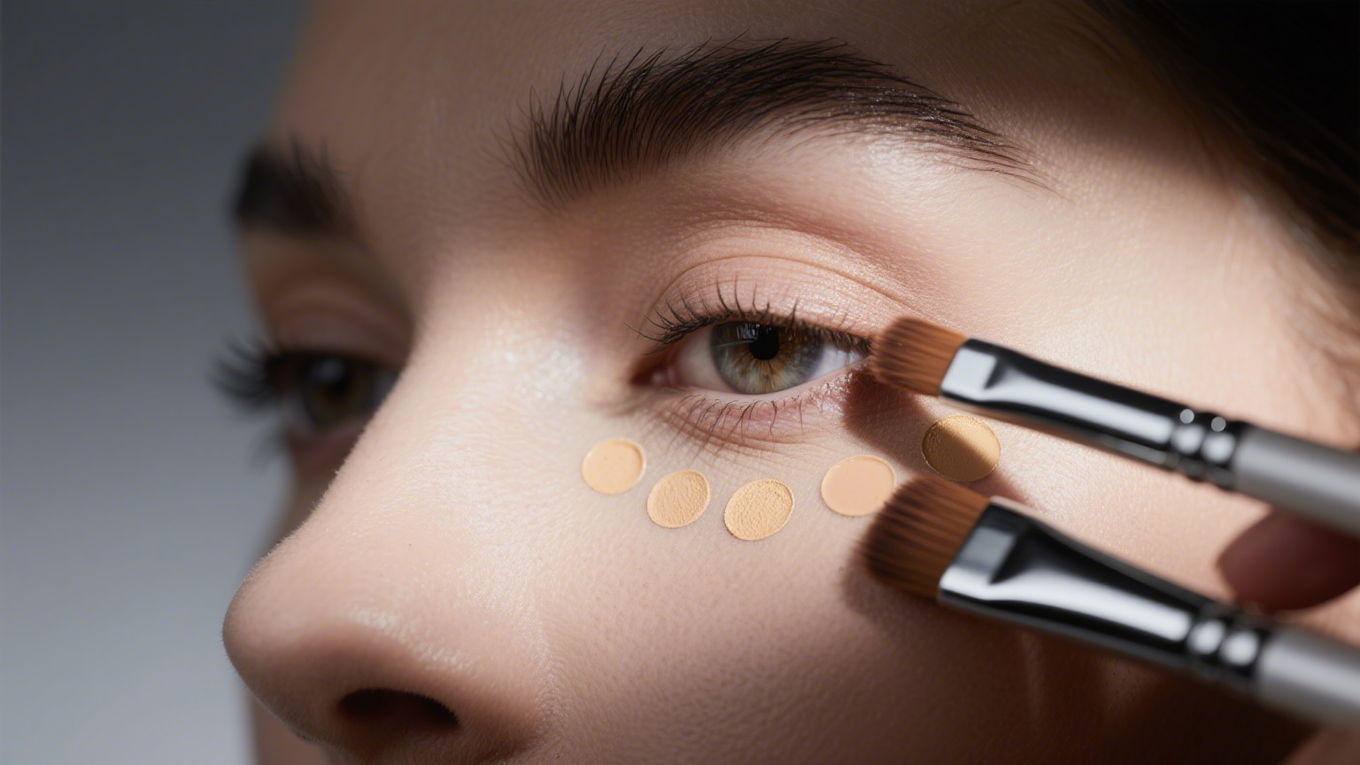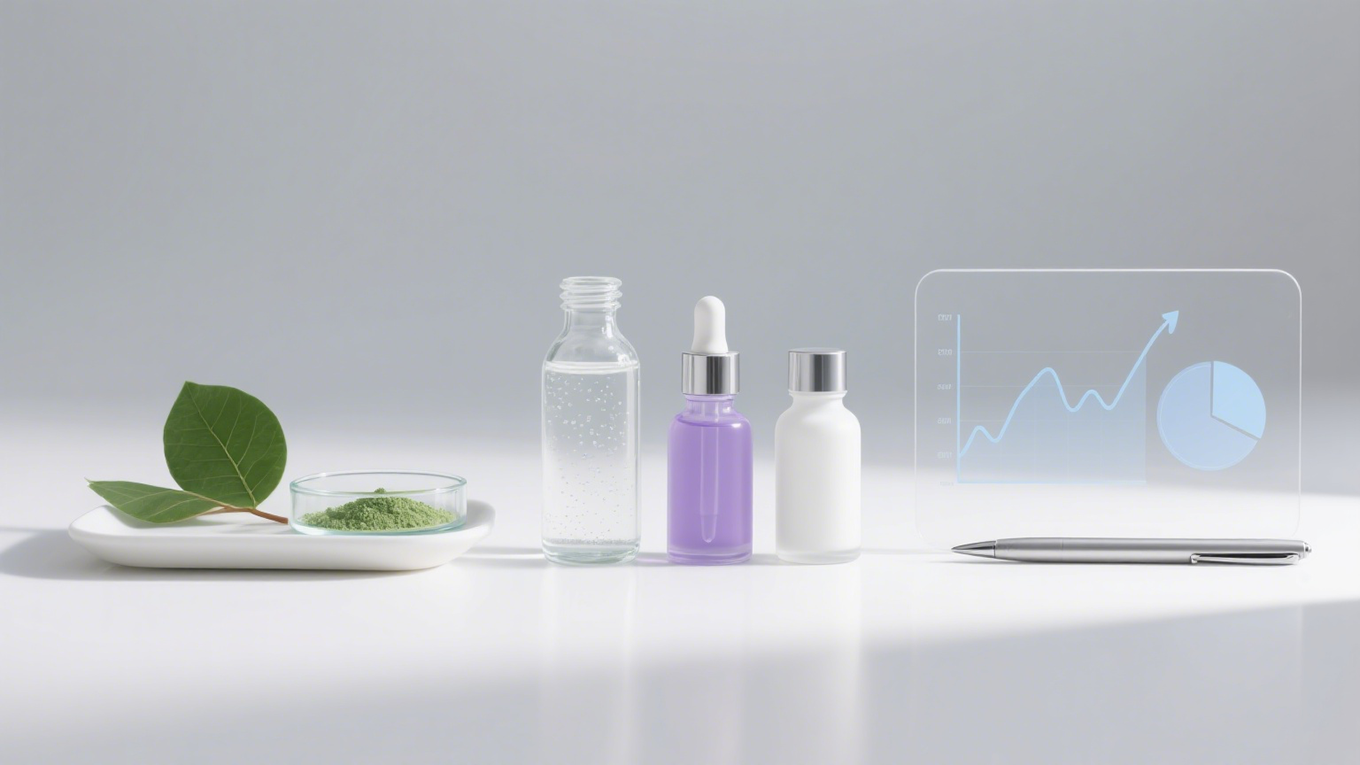Lip gloss continues to dominate the beauty market thanks to its versatility, shine, and ability to deliver both natural and bold looks. While texture and finish matter, the true heart of any lip gloss lies in its pigments. Pigments determine color payoff, vibrancy, opacity, and even reflective qualities that make lips look fuller and more radiant.
At ZM Beauty Supply, we provide a wide range of high-quality pigments tailored for cosmetic brands looking to create stunning lip gloss formulations. In this guide, we’ll explore the most popular types of lip gloss pigments, their benefits, applications, and current industry trends shaping the lip gloss market.
1. Pearl Pigments
- Description: Pearl pigments are created by layering mica with metallic oxides like titanium dioxide. They provide a shimmering, iridescent effect that enhances dimension and shine.
- Applications: Ideal for high-shine glosses, holographic finishes, and 3D effects. Common in festive and glamorous collections.
- Consumer Appeal: Loved by younger audiences and makeup enthusiasts for bold, reflective looks.
- Market Trend: Demand for pearlized and holographic lip glosses is on the rise, especially in social media-driven beauty trends.
2. Matte Pigments
- Description: Matte pigments are typically made from iron oxides and other mineral-based ingredients that deliver rich, non-shiny color.
- Applications: Perfect for brands creating velvet or semi-matte gloss hybrids, offering color intensity without heavy shine.
- Consumer Appeal: Appeals to consumers who want long-lasting, saturated color with a modern twist.
- Market Trend: Hybrid lip gloss formulations combining matte pigments with moisturizing bases are increasingly popular.
3. Fluorescent Pigments
- Description: These highly vibrant pigments glow under UV light, creating striking neon shades.
- Applications: Festival makeup, fashion-forward collections, and bold creative looks.
- Consumer Appeal: Popular among Gen Z audiences for its expressive, statement-making effect.
- Market Trend: With the growth of virtual content and beauty influencers, fluorescent glosses are trending in creative and experimental collections.
4. Metallic Pigments
- Description: Created from finely milled metal powders or coated mica, these pigments give lips a foil-like reflective finish.
- Applications: Premium lip gloss lines, evening wear makeup, or festive collections.
- Consumer Appeal: Highly sought after for luxurious and dramatic finishes.
- Market Trend: Metallic pigments are making a comeback, driven by runway-inspired looks and premium product launches.
5. Natural Pigments
- Description: Derived from botanical and mineral sources, such as beetroot, annatto, and mineral clays.
- Applications: Clean beauty, vegan glosses, and natural cosmetics.
- Consumer Appeal: Perfect for eco-conscious buyers looking for sustainable, safe options.
- Market Trend: Demand for clean-label beauty continues to grow, making natural pigments a priority for many brands.
6. D&C and FD&C Pigments
- Description: Synthetic pigments approved by regulatory bodies for use in cosmetics. Known for their bright, bold, and consistent shades.
- Applications: Everyday lip gloss lines, mass-market collections, and products needing vibrant hues.
- Consumer Appeal: Favored by brands aiming for affordability and high-performance shades.
- Market Trend: These pigments remain industry staples for their reliability and stability.
7. Mica Pigments
- Description: Derived from natural mineral sources, mica pigments create a subtle shimmer and luminous effect.
- Applications: Day-to-day lip gloss, sheer glosses, and products aiming for natural radiance.
- Consumer Appeal: Popular for soft, everyday looks with a touch of glamour.
- Market Trend: Eco-friendly synthetic mica is replacing traditional mica in many formulations to support ethical sourcing.
8. Glitter Pigments
- Description: Larger reflective particles made from biodegradable or cosmetic-safe materials that provide a sparkling effect.
- Applications: Party collections, limited-edition glosses, or festival looks.
- Consumer Appeal: Attracts consumers who enjoy bold, sparkling, eye-catching finishes.
- Market Trend: Eco-glitter pigments are becoming more widespread due to environmental concerns about microplastics.
9. Chameleon Pigments
- Description: Multi-chromatic pigments that shift color depending on lighting and viewing angle.
- Applications: Premium gloss collections, futuristic and innovative product launches.
- Consumer Appeal: Appeals to trend-driven customers who love unique and surprising effects.
- Market Trend: Rapidly growing in demand thanks to social media virality and luxury brand adoption.
10. Transparent Pigments
- Description: Sheer pigments that provide a tint of color while allowing the natural lip color to show through.
- Applications: Tinted lip glosses, natural-looking glosses, and everyday wear.
- Consumer Appeal: Perfect for consumers seeking “your lips but better” looks.
- Market Trend: Minimalist beauty collections are favoring subtle pigments for a more natural aesthetic.
Choosing the Right Pigments for Lip Gloss Formulations
When selecting pigments for lip gloss, formulators must balance color payoff, texture, stability, and safety. Pigments interact differently with gloss bases (such as oils, waxes, or polymers), so testing is essential to ensure desired results.
- Opacity vs. Sheer Finish: Matte and D&C pigments provide stronger opacity, while mica and transparent pigments allow for soft tints.
- Shine and Dimension: Pearl, metallic, and glitter pigments enhance shine and depth.
- Natural vs. Synthetic: Natural pigments meet clean beauty demands, while synthetic pigments ensure affordability and broader color ranges.
- Regulatory Compliance: Different markets (EU, US, Asia) may have different pigment restrictions, making compliance a crucial step.
Industry Trends in Lip Gloss Pigments
- Clean and Sustainable Beauty: Eco-friendly mica and biodegradable glitters are replacing traditional options.
- Customization and Personalization: Brands are experimenting with pigment blends to create unique shades and effects.
- Tech-Driven Innovation: Encapsulation technologies are improving pigment stability and enhancing long wear.
- Social Media Influence: Viral lip gloss shades with metallic, chameleon, and holographic pigments are shaping consumer demand.
- Hybrid Products: Glosses infused with skincare actives and innovative pigments appeal to consumers who want beauty with benefits.
Lip gloss pigments are not just about color—they define the overall identity, finish, and consumer experience of a product. From natural tints to bold metallics and futuristic chameleon shades, pigment choices play a vital role in shaping product lines that resonate with today’s beauty enthusiasts.
At ZM Beauty Supply, we specialize in supplying premium pigments that align with current trends and industry standards. Whether you’re developing a natural gloss line or a high-impact fashion collection, our pigment portfolio ensures consistent quality, safety, and stunning results.
By understanding the power of pigments and staying ahead of market innovations, cosmetic brands can create lip glosses that stand out on shelves and captivate consumers worldwide.



